
In the course of just two feature films, writer-director Robert Eggers has emerged as an exciting and bold new talent. Eggers' new movie The Lighthouse is on release in selected Cineworld cinemas from the 31st of January and tells the salty, windswept story of two lighthouse keepers going steadily mad together.
The movie has generated critical acclaim for its black and white 35MM cinematography (captured in a restrictive aspect ratio), authentic 19th-century dialogue and powerful performances. The film is essentially a paranoid two-hander between Willem Dafoe and Robert Pattinson, who engage in horribly gripping, yet darkly funny, levels of psychological warfare.
Picture Steptoe and Son meets Nosferatu meets The Shining, and you come some way towards imagining the unique qualities of Eggers' latest project. The film has been Oscar-nominated for its cinematography, although, disappointingly, not for anything else. And the barnacle-encrusted dialogue lobbied back and forth by Dafoe and Pattinson derives in large part from the writings of Moby Dick author, Herman Melville. (A credit at the end of the movie confirms this.)
In preparation for the wave-battered, claustrophobic terror of The Lighthouse, we're inviting you to revisit the five creepiest scenes from the movie that put Eggers on the map: The Witch...
1. The baby disappears
To recap, The Witch is set in 17th century New England, a story of religious mania and apparent supernatural activity that steadily tears apart an entire family. The use of 'apparent' in that sentence is deliberate: Eggers does a terrific job in channelling the influence of the aforementioned The Shining, constantly forcing us to question whether the events are indeed paranormal, or instead derive from crazed superstition.
Eggers' dialogue, as per The Lighthouse, is drawn from sources authentic to the time, helping us invest emotionally in a clan that has been outcast from their colonial community. When they set up camp on the edge of a forbidding forest, it doesn't take long for things to go wrong, all starting with the disappearance of the newborn baby. Has the child been taken by wolves – or by a witch?
Eggers plays a risky game early on, appearing to show us a ghoulish presence who kills the infant and uses its blood as an ointment. But is this actually what's happening? Or is this what the family is imagining is happening? The brilliance of the film resides in this queasy ambiguity; in conjunction with the dialogue, authentically murky, muddy visuals (from cinematographer Jarin Blaschke) and excellent acting, we believe we're watching a story ripped from the time.
2. Caleb's seduction
One of the film's most bonemarrow-chilling sequences occurs when pre-adolescent son Caleb (Harvey Scrimshaw) gets lost in the woods, along with his older sister Thomasin (Anya Taylor-Joy). The aspect ratio used in The Witch causes the trees to leer and tower over us, almost like malign presences. But things get even scarier when Caleb is seduced by a mysterious woman who emerges from a hovel – subsequently revealed to be a witch.
Again, one has to be careful about taking anything at face value. In the context of this scene, Eggers is riffing on the fear of being lost in the woods, as well as the natural pre-teen urges of a young boy (accentuated earlier when Caleb casts a fleeting, if curious, glance at Thomasin). We, therefore, can't be sure of what we're seeing, whether Caleb is projecting his fears and desires, or whether an evil witch does indeed reside in the forest. But upon hearing Mark Korvern's creepy score, which with its scratchy strings and growing choral malevolence sounds like a folk ensemble gone satanic, we're definitely terrified.
3. The exorcism
Caleb's return to his mother and father (Ralph Ineson and Kate Dickie) results in one of the film's most memorably disturbing moments. If William Friedkin's 1973 blockbuster The Exorcist delivered the last word on exorcism scenes, The Witch surely trumps it for pure authenticity. Again, this is largely propelled by the dialogue, delivered in tortured, anguished fashion by the prodigiously talented Scrimshaw, who, remarkably, hasn't acted in anything since.
One must also credit the efforts of the other actors, whose visceral reactions to Caleb's possession and eventual, tragic, demise, are as believable as one could imagine. In particular, the writhing and contortions from the two youngest children, whom Thomasin has long suspected of demonic behaviour, strike a deeply unsettling note. This is the scene in the movie where the line between make-believe and reality becomes blurred – how else other than witchcraft does Caleb manage to vomit up an apple prior to his death?
4. Black Philip speaks
The Witch was a breakout sensation at the 2016 Sundance Film Festival, and one of the key talking points was young actor Anya Taylor-Joy. She's fantastic as Thomasin, the teenage daughter who may, or may not, be bringing all manner of evil chaos down upon the family. Thomasin is regarded, rightly or wrongly, as the lightning rod for everything that befalls her relatives – maybe because, as a young woman, she harbours latent characteristics that will define her eventual life as a witch.
Credit Eggers also for making a goat so scary. All the way through the movie, it's clear that Black Philip isn't an ordinary animal, and the film's masterful finale fuses Thomasin's demonic awakening with the unveiling of Philip as nothing less than Satan himself. The scene is a masterclass in understatement, with Philip largely captured as an off-screen presence in low light, throwing emphasis instead onto his voice, However, it's not a booming delivery with which he speaks, but an insidious, snake-like tone that, chillingly, feels all the more convincing.
What point is the movie making about 17th century women's roles? That, in order to achieve liberation, it would be better to live out in the woods and feast on the blood of innocents? There's no one answer, but this only makes the movie more engrossing.
5. Thomasin discovers her destiny
The film continues to wrongfoot us all the way up to the final scene, where Thomasin is inducted into a coven of witches before floating into the air. Once again, we're forced to question the literal presentation of the sequence – after all, she could be imagining all this, the act of witchy liberation taking place only in her mind, which reinforces the reading of the movie as a superstitious psychological drama.
Or maybe this is actually taking place, and the movie is inviting us to cower from a vague threat that is now being made horribly literal. That Eggers keeps us vacillating between these two positions is a testament to The Witch's power – like the greatest fairy tales and folk stories, it demands argument and counter-argument, as we again plunge into its mysteries with a shuddering sense of delight.
We trust this list has got you in the right mood, so click here to book your tickets for The Lighthouse. The movie is on limited release from the 31st of January and on wider release from the 7th of February.

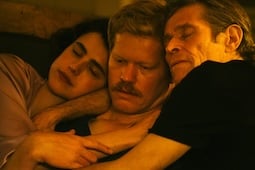
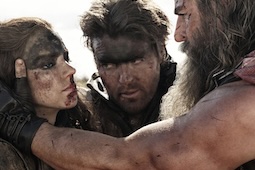
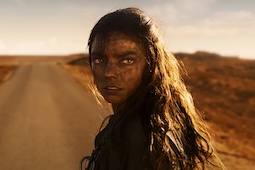
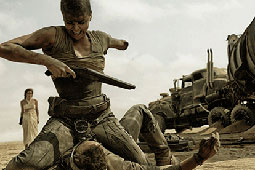
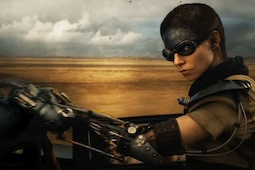
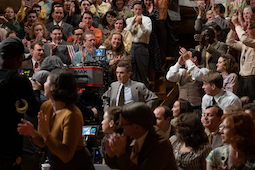
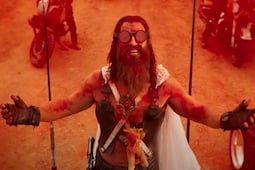

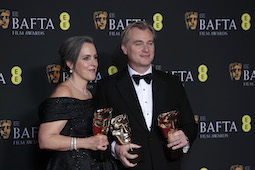
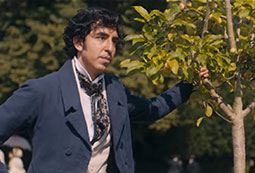


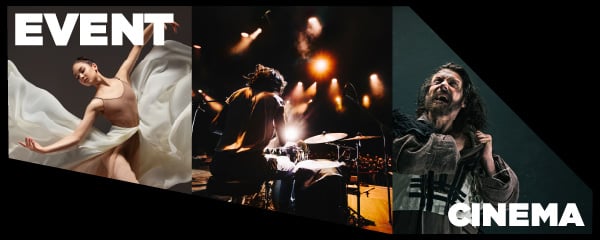
.jpg)
.png)



